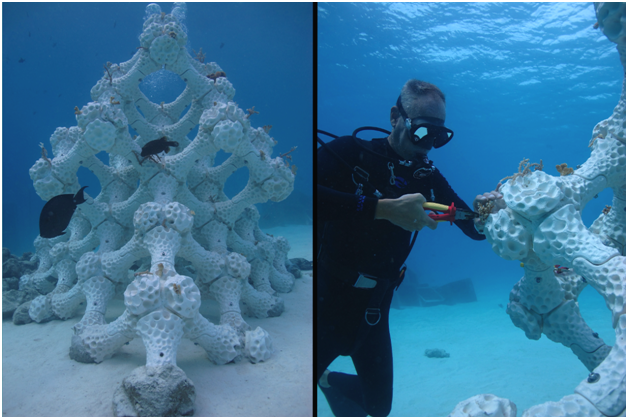Preliminary Research and Documentation
heThe following research and documentation is meant to get this project started. Please consider this a work in progress. Significant work is needed to move this project forward.
Requirements
A software application that can use AI and ML to learn and user behavior in the seapod and store them in a database. The following are the specifications:
Lifestyle Preferences
Each resident has a basic set of lifestyle preferences. The following are examples of these preferences:
Lighting
StructureLighting in each room- Turning on and
Material-turningNaturaloffcoralslights automatically at a set time (for example, lights in the balcony aremadeturned on at 7:00 p.m. and turned off at 11:00 p.m.) - Use facial recognition and keep lights on in room
- Color of
calciumlightcarbonate-(limestone).white,Weyellow,needother
Water
- Temperature of water in the kitchen
- Temperature of water in the shower
- Temperature of drinking water - normal and cold
Groceries and Medication
- Scan and store grocery data in the refrigerator
- Scan and store medication data
Reminders
- Allow a user to
investigatesetifupwereminderscanforprintpersonalusingeverycalciumday,carbonateevery week, every month tasks. - Bill payment reminder and
otherpaymentmaterialssystem
Personal sturdyVisitors
- Allow a user to enter details of family and
eco-friendly.friendsThe-structurethismustisbeneededsturdyforenoughthe system towithstandalertunderwaterthesecurrentsvisitorsandinimpactcasebyofbiganfish. The coloring must look natural.emergency. Inside the structure-Thestructuresystem needs tohavegetchamberstheorvisitors'crevicesapprovalthatbeforefish can use to hide from predators. Or make itstoring theirhome. Fish love that. When designing the structure, we need to ensure that there is enough natural lighting in the crevices. Also we need to investigate if we can add artificial lighting and maybe even a camera to study polyps and other marine life.Rooting the structure- Natural corals tend to grow roots and grow into the in the ocean bed. The 3D printed coral must have a rooting structure that can be drilled into the ocean floor. This will make the overall structure sturdy enough to withstand under water currents and impact by big fish.details.
FigureThe 3above -list Coralis reefa installationbasic lifestyle preference list. Contributors can brainstorm and add more preferences to this list.
ReferencesStoring Data
InUser 1997behavior is constantly logged and updated in a central database. At regular intervals, a resident can view activity and make changes when needed. This data can be accessed by the first Saya de Malha expedition was conductedresident by Wolfusing Hilbertz,an Thomasauthentication Goreau,method.
Purging andData
A Mekie.user Duelifestyle preference data is personal data. A user may choose to completely purge data at any time.
Resetting Data
When a resident moves out of a seapod, the system automatically resets user lifestyle preferences to default settings. When new residents moves in, they can customize their lifestyle preferences.
Restoring Data
The use lifestyle preference data package is stored on a central database. When a user moves to a new sea pod, these preferences can be applied by the resident to the distancenew andseapod.
Surprisingly these reefs were not dominated by any one group of corals, as is typical of most Indian Ocean reefs. Instead the coral populations consisted of small numbers of many different groups of corals, widely distributed. The larger corals were mostly rounded heads of Porites, or clumps of columnar Heliopora or Millepora, with smaller corals of many kinds around them. Many corals were observed to be loosely attached to the bottom, and many were being attacked by boring sponges, by several distinct coral diseases, or had algae overgrowing their edges.
Detailed information is available in the Saya de Malha Expedition (2002) report.
Also See
Dr.

